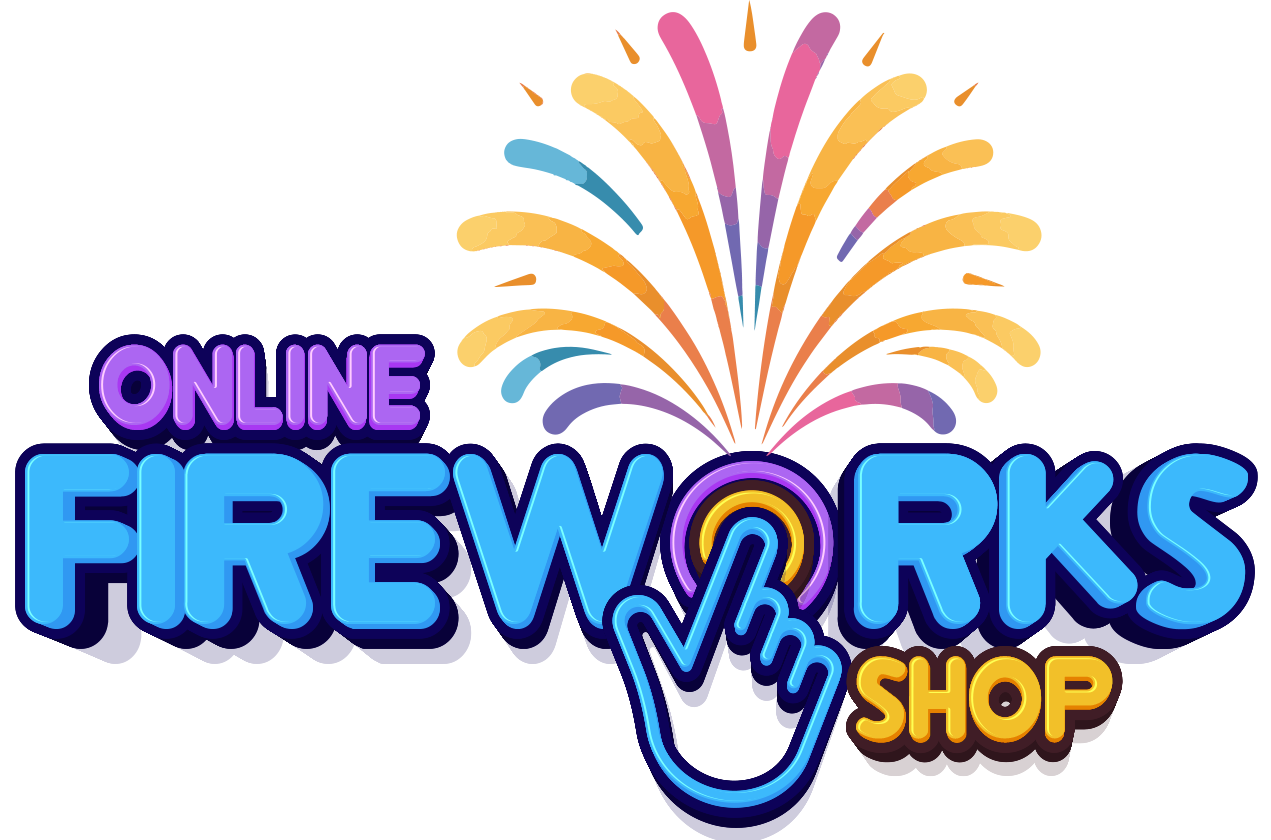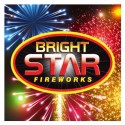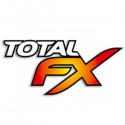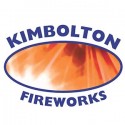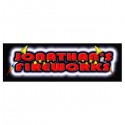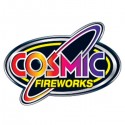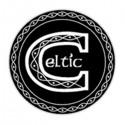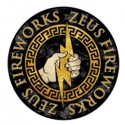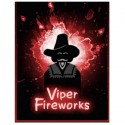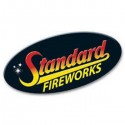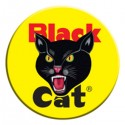Types of Fireworks and Their Uses - A Comprehensive Guide
Fireworks are an integral part of celebrations, from small garden gatherings to large-scale public events. At The Online Fireworks Shop, we offer a wide range of fireworks that vary in size, colour, and effects. Understanding the different types of fireworks and how to use them effectively will help you create the perfect display for any occasion. In this guide, we’ll explore the various types of fireworks, their unique characteristics, and tips on how to use them safely and creatively.
1. Aerial Fireworks
Aerial fireworks are the most iconic type, known for their impressive bursts of colour high in the sky. These fireworks are often used in large displays and come in several varieties:
Mortars and Shells - Mortars launch aerial shells into the sky, which then explode into vibrant patterns like chrysanthemums, peonies, or palms. These are popular for professional displays due to their high altitude and large effects.
Use - Mortars are perfect for creating the grand finale of a display or drawing attention at the start.
Technique - Mortars require proper setup with launch tubes. Always aim them skyward in a clear, open space.
Roman Candles - These fireworks shoot out a series of coloured stars or comets in succession. Unlike other aerial fireworks, Roman candles don’t explode in a single burst.
Use - Ideal for adding variety to a show, as they provide a slower, rhythmic effect.
Technique - Roman candles should be anchored securely in the ground or a stable object to avoid movement during firing.
Rockets - A classic firework type, rockets soar into the sky and explode into colourful bursts. These are smaller than mortars but still offer vibrant effects.
Use - Great for smaller events or as filler between larger shells in bigger displays.
Technique - Rockets are typically placed in a launch tube or bottle to ensure they fly straight up.
2. Ground Fireworks
Ground fireworks are designed to create colourful effects close to the ground. These are perfect for smaller gatherings or locations where aerial fireworks might not be appropriate.
Fountains - Fountains spray showers of sparks into the air, often in dazzling colours. They come in a variety of sizes and effects, some even producing crackling sounds or changing colours mid-display.
Use - Ideal for garden parties or areas with limited space, providing a mesmerising effect without the need for height.
Technique - Place fountains on a flat, stable surface and ensure there’s no overhead obstruction.
Wheels (Catherine Wheels) - These are mounted on a stake or post and spin when ignited, creating spirals of light and sparks.
Use - Wheels add movement and novelty to a fireworks display, often used for ground-based effects.
Technique - Secure the wheel on a sturdy post, ensuring it’s free to spin, and place it at eye level for the best visual impact.
Mines - Mines are similar to aerial shells but release their burst close to the ground. When ignited, they shoot stars, sparks, or other effects upward in a quick burst.
Use - Mines can be used to create dramatic entrances in a display or to complement aerial fireworks.
Technique - Set up mines securely on the ground and ensure there’s enough space for the effect to rise and spread safely.
3. Handheld Fireworks
Handheld fireworks offer an interactive experience and are popular for smaller gatherings or personal celebrations.
Sparklers - These are long sticks that emit bright, colourful sparks when lit. Sparklers are a favourite at weddings, birthday parties, and other intimate events.
Use - Sparklers are perfect for close-up, hands-on fun and create beautiful photo opportunities.
Technique - Light sparklers from the tip, holding them away from your body. They are relatively safe but should be handled with care, especially around children.
Smoke Bombs - These devices release thick clouds of coloured smoke when ignited, providing a visual effect without the loud bangs typical of fireworks.
Use - Great for daytime displays, adding colour and drama, or even for themed events and photoshoots.
Technique - Place smoke bombs on a stable surface, and avoid using them in windy conditions to maximise the effect.
4. Noise Fireworks
Noise fireworks are designed for their loud bangs and crackles, making them perfect for those who enjoy the sound as much as the sight of fireworks.
Firecrackers - These are small explosive devices that produce loud bangs. They are often used to celebrate New Year’s or during festivals like Diwali.
Use - Firecrackers can be used to add excitement and energy to a celebration, especially in cultures where the sound is symbolic of warding off evil spirits.
Technique - Always set up firecrackers on a stable surface and keep a safe distance, as they can be unpredictable.
Whistling Rockets and Screechers - These fireworks emit a loud whistle or screeching sound as they ascend.
Use - Perfect for building anticipation in a show, adding auditory drama before the fireworks explode.
Technique - Use them alongside visual fireworks to enhance the multi sensory experience.
5. Specialty Fireworks
For those looking to add something truly unique to their display, specialty fireworks offer customised or high-impact effects.
Salutes - Salutes are a type of firework designed purely for sound. They explode with an exceptionally loud bang but produce minimal visual effects.
Use - Often used at the end of a show to signify the conclusion with an impactful bang.
Technique - These should be spaced out during the display to avoid overwhelming the audience with too much noise at once.
Choreographed Firework Displays - These are professional-grade fireworks displays synchronised to music, creating a highly coordinated show that blends light, sound, and rhythm.
Use - Ideal for large events like weddings, corporate functions, or national celebrations.
Technique - Typically managed by professionals using digital launch systems to sync the fireworks with music or other visual cues.
At The Online Fireworks Shop, we provide fireworks for every occasion. Whether you're planning an intimate celebration or a large-scale event. Understanding the different types of fireworks will help you create stunning displays that captivate your audience and leave lasting memories.
